Ever tried to complain about the weather in Spanish and ended up pointing at the sky? Seasons are everywhere in conversation, yet most Spanish courses treat them like an afterthought. You get a few English to Spanish word lists, but no clue how people actually "talk" about the weather.
Ready to upgrade your Spanish? This article will teach you how to talk about seasons the way real people do. You’ll learn the four key seasons, when to use those tricky articles, and the Spanish words you’ll actually hear in conversation.
- Months And Dates In Spanish: A Beginner’s Guide
- What’s The Best Way To Learn Spanish? [5 Best Tips]
- 3 Rules For Using Spanish Accent Marks [Guide]

What Are The 4 Seasons In Spanish?
The word for "season" in Spanish is "estación" (singular) and "estaciones" (plural), as in "las estaciones del año" (the seasons of the year). The four main seasons in Spanish are invierno (winter), primavera (spring), verano (summer), and otoño (fall/autumn).
| English | Spanish | Pronunciation |
|---|---|---|
| Spring | la primavera | [la pree-mah-VEH-rah] |
| Summer | el verano | [el veh-RAH-no] |
| Autumn/Fall | el otoño | [el oh-TOH-nyoh] |
| Winter | el invierno | [el een-VYEHR-no] |
The timing of these seasons depends on which hemisphere you're in. In the Northern Hemisphere (Spain, Mexico, United States), winter runs from December to February, spring from March to May, summer from June to August, and autumn from September to November.
However, if you're in the Southern Hemisphere (Argentina, Chile, Uruguay), the winter is from June to August, spring from September to November, summer from December to February, and autumn from March to May.
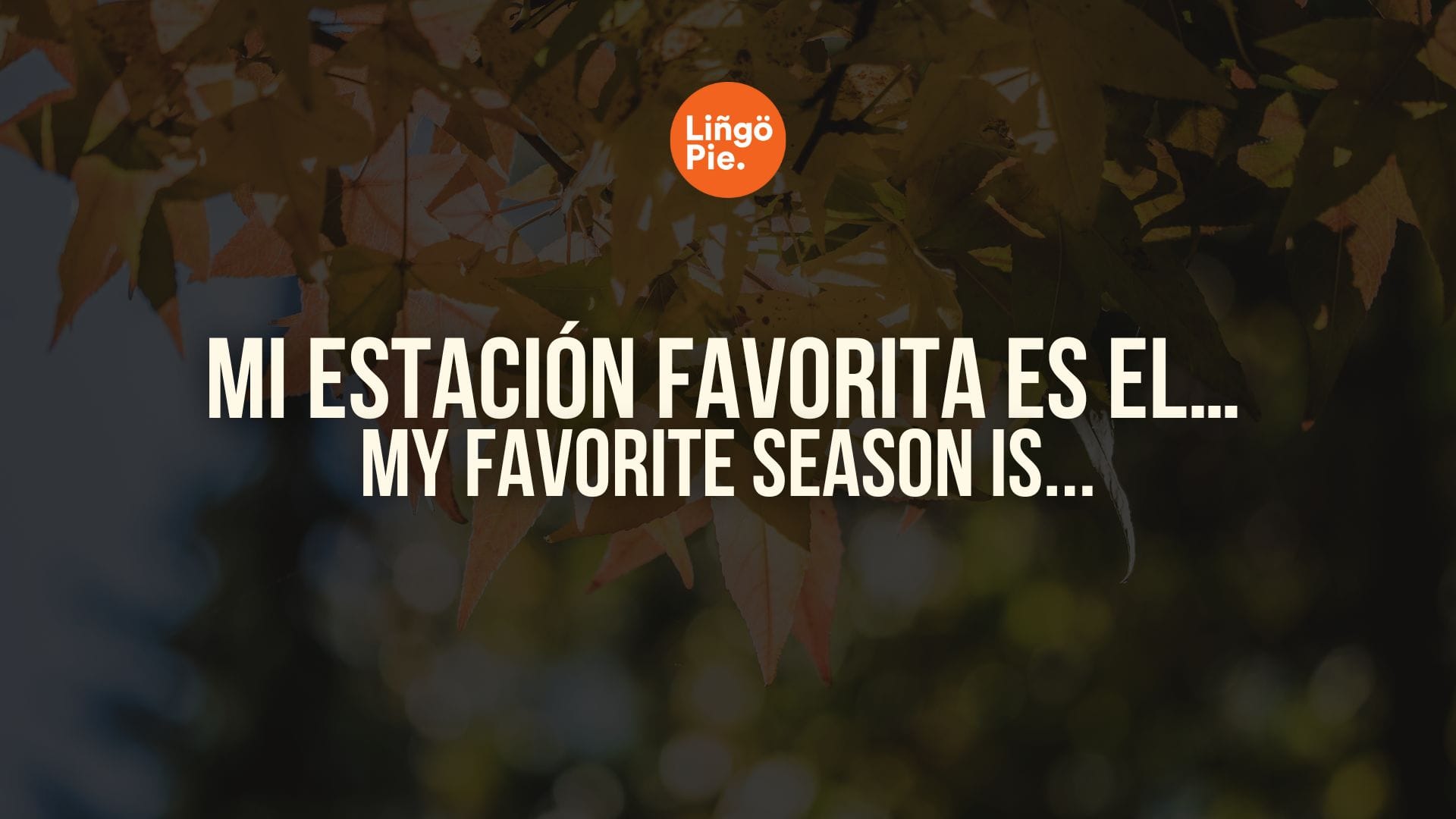
How To Talk About The Seasons In Spanish
When talking about seasons in Spanish, there are a few key grammatical rules that'll help you sound more natural. Unlike English, Spanish seasons have gender—three are masculine (el verano, el otoño, el invierno) while primavera is feminine (la primavera). Most importantly, seasons are NOT capitalized in Spanish unless they begin a sentence.
Using Definite Articles
In Spanish, seasons are treated as specific, concrete concepts rather than abstract ideas. This is why Spanish almost always uses definite articles (el/la) with seasons—it's like saying "THE winter" because you're referring to a particular season as a defined period of time.
- "El invierno es muy frío" (THE winter is very cold)
- "La primavera es mi favorita" (THE spring is my favorite)
- "Los veranos aquí son calurosos" (THE summers here are hot)
- "Durante el verano viajamos mucho" (During THE summer we travel a lot)
To remember this grammar point in Spanish, just note that "Spring is the lady of the seasons." Why? La primavera is the only feminine one. All the others (verano, otoño, invierno) end in -o, which usually signals masculine nouns.
When to Skip the Articles
You can drop the definite article when the season is used more abstractly or when certain grammatical structures make the article unnecessary:
After the verb "ser" (describing the current state)
When saying "it is spring," you're stating a general condition rather than referring to spring as a specific entity:
- "Es primavera" (It's spring - describing the current season)
- "Ya era otoño" (It was already autumn - describing what season it was)
After prepositions "en" and "de" (describing when or what type)
Here, seasons function more like adjectives or time markers rather than specific nouns:
- "En verano vamos a la playa" (In summer we go - describing WHEN)
- "Ropa de invierno" (Winter clothes - describing WHAT TYPE)
- "Durante primavera llueve mucho" (During spring it rains - describing WHEN)
With demonstrative adjectives (this/that already specify)
Since "this" or "that" already makes the season specific, you don't need the article:
- "Este invierno será frío" (This winter will be cold)
- "Aquel verano fue inolvidable" (That summer was unforgettable)
Making Seasons into Adjectives
When you want to describe something as having the characteristics of a season, you need to turn the season into an adjective. The Spanish grammar offers two ways to do this: using de and adverbial forms.
Using "de + season" (more common and versatile)
This creates a descriptive phrase meaning "of [season]" or "[season]-related":
- Una mañana de primavera (A morning OF spring = a spring morning)
- Actividades de verano (Activities OF summer = summer activities)
- Ropa de invierno (Clothes OF winter = winter clothes)
Using specific adjectival forms (more literary/formal)
These are actual adjectives that mean "[season]-like" or "relating to [season]":
- primaveral (springlike) - "Brisa primaveral" (spring-like breeze)
- veraniego (summery) - "Calor veraniego" (summery heat)
- otoñal (autumnal) - "Paisaje otoñal" (autumnal landscape)
- invernal (wintry) - "Frío invernal" (wintry cold)
Spanish Words Related To Seasons
Spanish Words Related To Spring
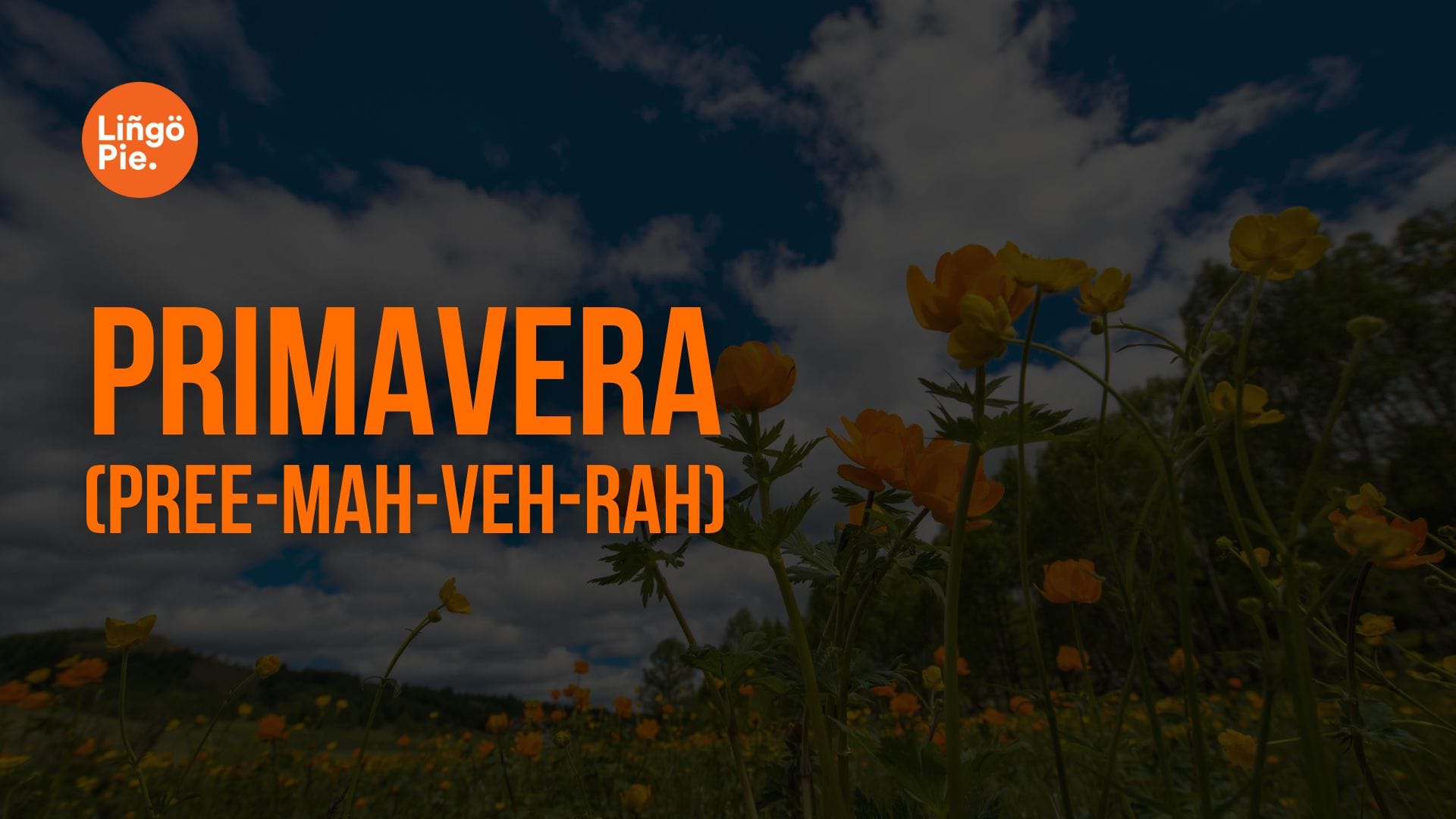
Spring or "primavera" comes from the Latin words "prima" (first) and "ver" (from "vedere," meaning "to see"), literally meaning "first sight" or "first seeing." This refers to spring as the time when you first see new life emerging—flowers blooming, leaves budding, and nature awakening after winter's dormancy.
There are numerous Spanish words specifically associated with this season of renewal and growth.
| Spanish | English | Example |
|---|---|---|
| la flor | flower | Las flores florecen en primavera |
| florecer | to bloom | Los árboles florecen |
| el brote | sprout/bud | Los primeros brotes aparecen |
| la lluvia | rain | Llueve mucho en primavera |
| el jardín | garden | Trabajar en el jardín |
| plantar | to plant | Es tiempo de plantar |
| la semilla | seed | Sembrar semillas nuevas |
| el polen | pollen | Hay mucho polen en el aire |
| la alergia | allergy | Sufro alergias primaverales |
| verde | green | Todo se pone verde |
| fresco/a | fresh, cool | El aire primaveral es fresco |
| templado/a | mild | Temperaturas templadas |
Spanish Words Related To Summer

"Verano" derives from the Latin "veranum," which originally could refer to either spring or summer but eventually settled on the warmer season. In many Spanish-speaking countries, summer is synonymous with vacation time, beach activities, and outdoor festivals.
This season also brings a rich vocabulary related to heat, leisure, and outdoor life.
| Spanish | English | Example |
|---|---|---|
| el calor | heat | Hace mucho calor |
| la playa | beach | Vamos a la playa |
| las vacaciones | vacation | Vacaciones de verano |
| el sol | sun | El sol brilla intensamente |
| broncearse | to tan | Me gusta broncearme |
| el protector solar | sunscreen | Necesito protector solar |
| la piscina | swimming pool | Nadar en la piscina |
| el helado | ice cream | Comer helados |
| caluroso/a | hot | Un día caluroso |
| soleado/a | sunny | Días soleados |
| la sombrilla | umbrella (beach) | Ponerse bajo la sombrilla |
| los shorts | shorts | Usar shorts en verano |
Spanish Words Related To Autumn
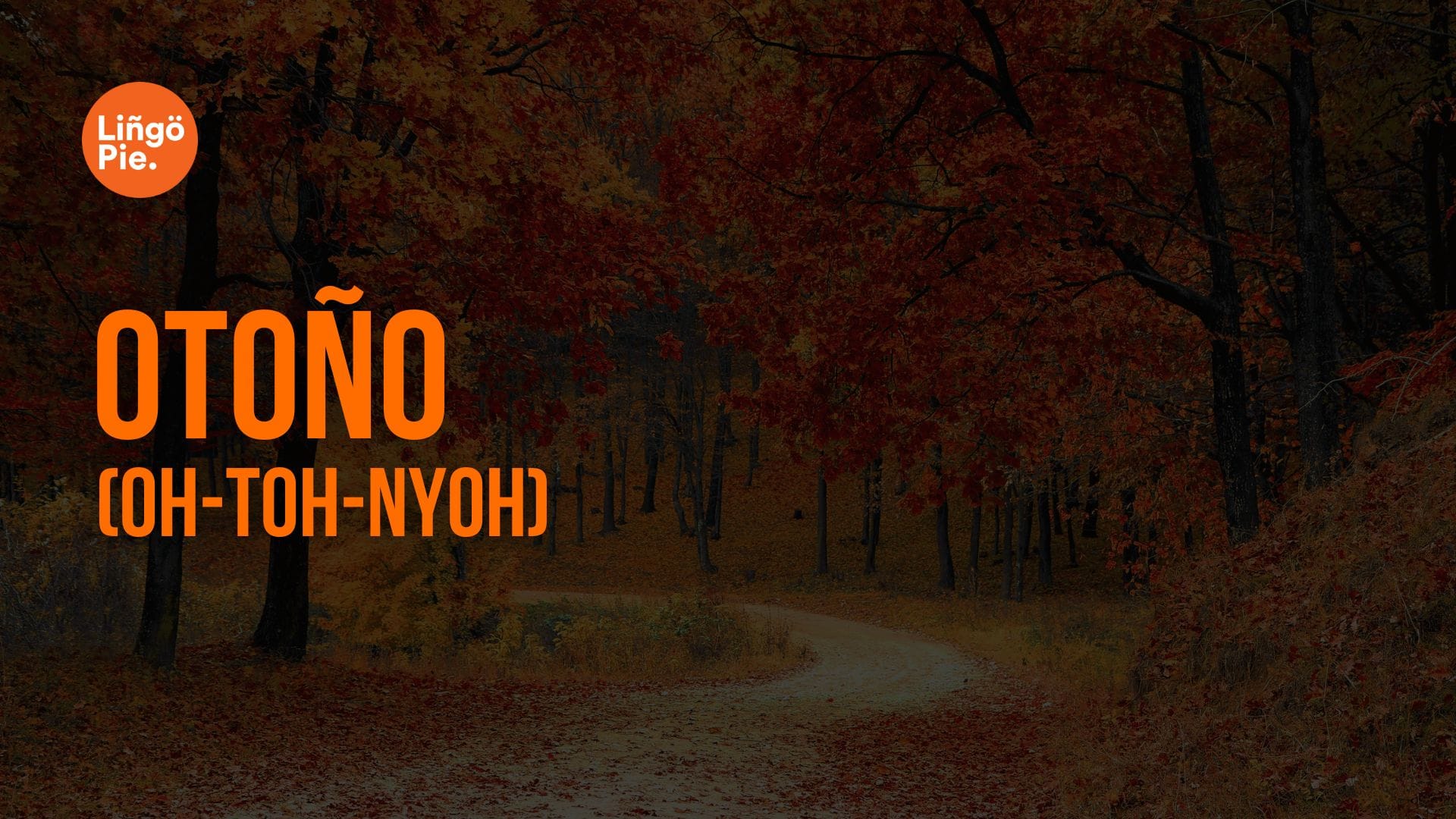
"Otoño" comes from the Latin "autumnus," sharing the same root as the English word "autumn." This season represents transition and change, characterized by falling leaves, harvest time, and preparation for winter. In many Spanish-speaking countries, autumn is harvest season and a time of abundance before the colder months.
| Spanish | English | Example |
|---|---|---|
| las hojas | leaves | Las hojas caen |
| caer | to fall | Las hojas caen al suelo |
| la cosecha | harvest | Tiempo de cosecha |
| dorado/a | golden | Hojas doradas |
| ventoso/a | windy | Un día ventoso |
| el viento | wind | El viento sopla fuerte |
| la escuela | school | Regreso a la escuela |
| amarillo/a | yellow | Colores amarillos |
| naranja | orange | Hojas naranjas |
| otoñal | autumnal | Paisaje otoñal |
| la manzana | apple | Cosecha de manzanas |
| recoger | to gather/collect | Recoger hojas |
Spanish Words Related To Winter

"Invierno" originates from the Latin "hibernum," which is also the root for the English word "hibernate." This etymology reflects winter as a time of rest and dormancy in nature. If you want to talk about this season in Spanish, be sure to use the following words.
| Spanish | English | Example |
|---|---|---|
| el frío | cold | Hace mucho frío |
| la nieve | snow | Nieva en las montañas |
| nevar | to snow | Va a nevar mañana |
| el abrigo | coat | Necesito un abrigo |
| la calefacción | heating | Encender la calefacción |
| helado/a | frozen | El lago está helado |
| navideño/a | Christmas-related | Decoraciones navideñas |
| la estufa | heater/stove | Prender la estufa |
| los guantes | gloves | Usar guantes |
| la bufanda | scarf | Ponerse una bufanda |
| el suéter | sweater | Llevar un suéter |
| invernal | wintry | Clima invernal |
Common Spanish Phrases Related To Seasons
Here are practical phrases you'll use when talking about weather and seasons in Spanish. These expressions will help you sound more natural in conversations:
General seasonal phrases
- "¿Cuál es tu estación favorita?" (What's your favorite season?)
- "Las estaciones del año" (The seasons of the year)
- "Cada estación tiene su encanto" (Each season has its charm)
- "El clima cambia según la estación" (The climate changes according to the season)
Weather-related expressions
- "Hace buen/mal tiempo" (The weather is good/bad)
- "¿Cómo está el tiempo?" (How's the weather?)
- "Según el pronóstico del tiempo" (According to the weather forecast)
- "El tiempo está cambiando" (The weather is changing)
Seasonal activities
- "En esta estación me gusta..." (In this season I like to...)
- "La temporada turística" (Tourist season)
- "Actividades de temporada" (Seasonal activities)
- "Cambio de estación" (Change of season)
How To Practice Seasonal Spanish Vocabulary
It’s one thing to know the words. It’s another thing to actually say them when chatting with locals or watching Spanish TV. Don’t stop at English-to-Spanish word lists. Here’s how to get these words out of your head and into your mouth:
- Talk about today’s weather in Spanish. Start small. Say one sentence a day: Hace sol, Hoy está lluvioso, El otoño ya llegó.
- Use season words in your journal. Write about what the season looks like where you live: Las hojas son doradas este otoño.
- Listen for seasonal words in Spanish media. Pay attention when watching shows or listening to podcasts. You’ll hear este invierno, un día primaveral, vacaciones de verano used naturally.
- Practice with native speakers. On apps like Lingopie, ask about the current weather where they live. Great way to use seasonal phrases naturally.
The more you say these words and phrases, the faster they’ll become automatic.
Ready To Learn Spanish?
You know the words, but can you catch them in actual Spanish conversations? Lingopie shows you exactly how natives really talk about seasons. When a character mutters "Este pinche calor" in a Spanish telenovela, you'll get it instantly. No more wondering if you actually understand Spanish when it matters.
Curious? Try Lingopie free for 7 days and see how fast real Spanish clicks.
FAQ
Do the names of seasons in Spanish need to be capitalized?
No, the names of seasons in Spanish (primavera, verano, otoño, invierno) are not capitalized unless they appear at the beginning of a sentence or are part of a proper noun. This differs from English, where seasonal names are often capitalized in formal writing. For example, write "Me gusta la primavera" (I like spring) not "Me gusta la Primavera."
Do you need an article when using seasons in sentences?
Generally yes, Spanish seasons typically use definite articles (el/la), such as "El invierno es frío" (Winter is cold). However, you can omit the article after the verb "ser" (Es primavera - It's spring), after prepositions "en" and "de" (En verano - In summer, Ropa de invierno - Winter clothes), and when using demonstrative adjectives (Este verano - This summer).
Can seasons in Spanish be used as adjectives?
Yes, seasons can function as adjectives in two ways. You can use "de + season" (flores de primavera - spring flowers, actividades de verano - summer activities), or use specific adjectival forms like primaveral (springlike), veraniego (summery), otoñal (autumnal), and invernal (wintry). The "de + season" construction is more common in everyday speech.
What preposition is used with seasons in Spanish when talking about something happening during that time?
The preposition "en" is used to indicate when something happens during a season. For example, "En primavera llueve mucho" (In spring it rains a lot) or "En verano vamos a la playa" (In summer we go to the beach). Note that when using "en" with seasons, you don't need the definite article.
Are there any idiomatic expressions in Spanish that involve the seasons?
Yes, there are several seasonal idioms in Spanish. "Hacer el agosto" literally means "to make the August" but figuratively means to seize a good opportunity or make a profit. "Hasta el 40 de mayo, no te quites el sayo" translates to "Don't take off your coat until May 40th" (June 10th), warning that cold weather can last into late spring.


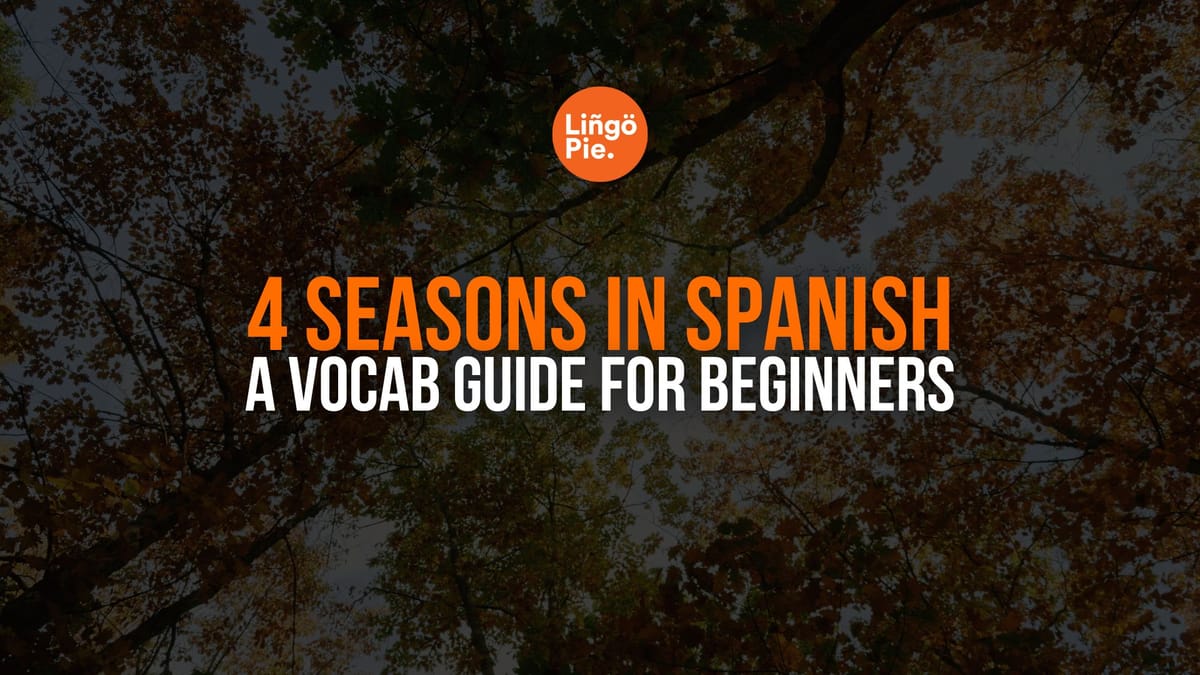

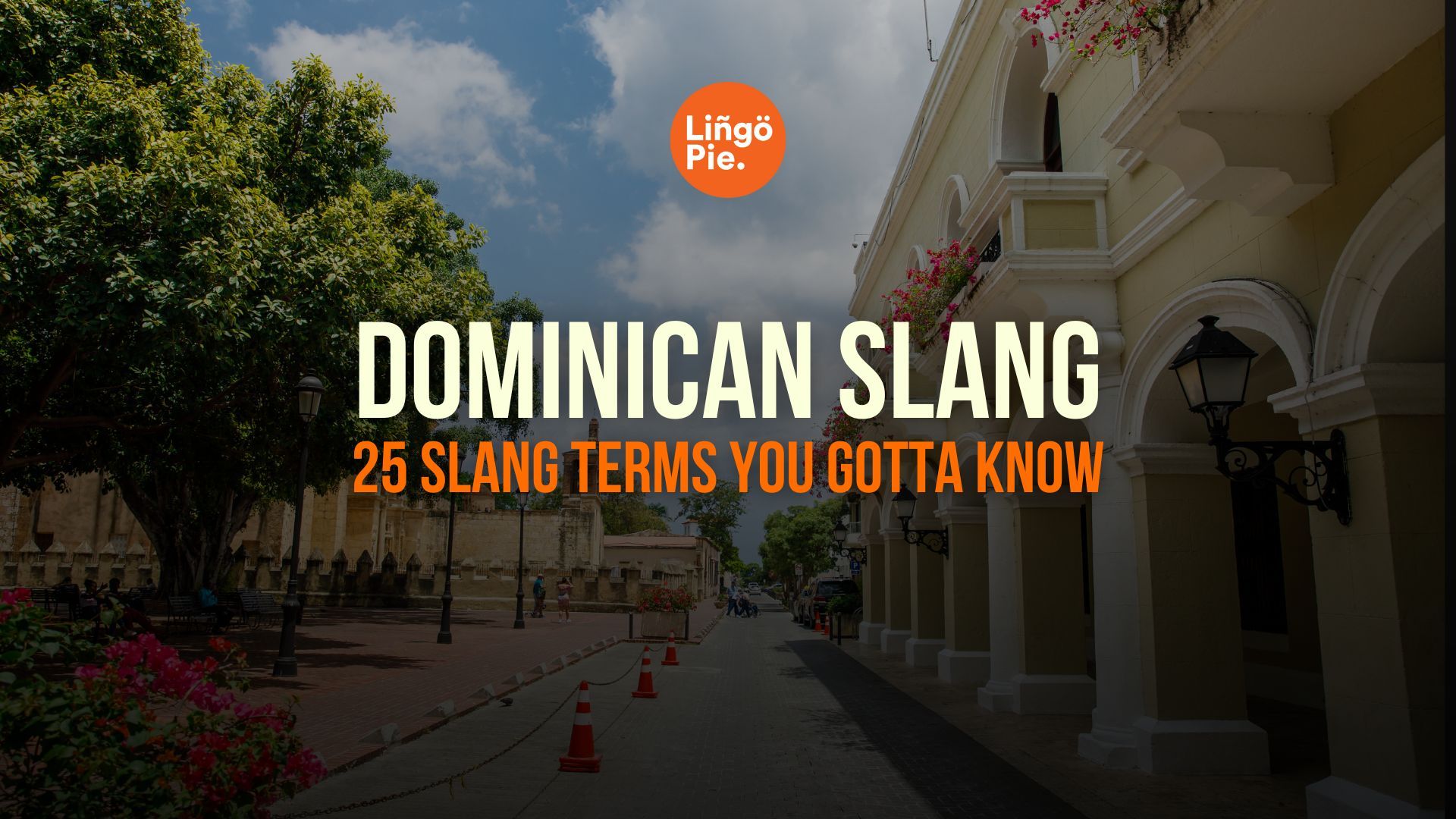

![30+ Modern English Slang Terms For Money [Guide]](/blog/content/images/size/w300/2025/06/Slang-term-for-money.jpg)
![5 Official Spanish Language Tests To Show Your Proficiency Level [Guide]](/blog/content/images/size/w300/2025/06/Spanish-Language-Tests.jpg)

![Why Memorizing Spanish Words Won’t Make You Fluent [Tips]](/blog/content/images/size/w300/2025/06/how-to-practice-spanish-vocabulary.jpg)